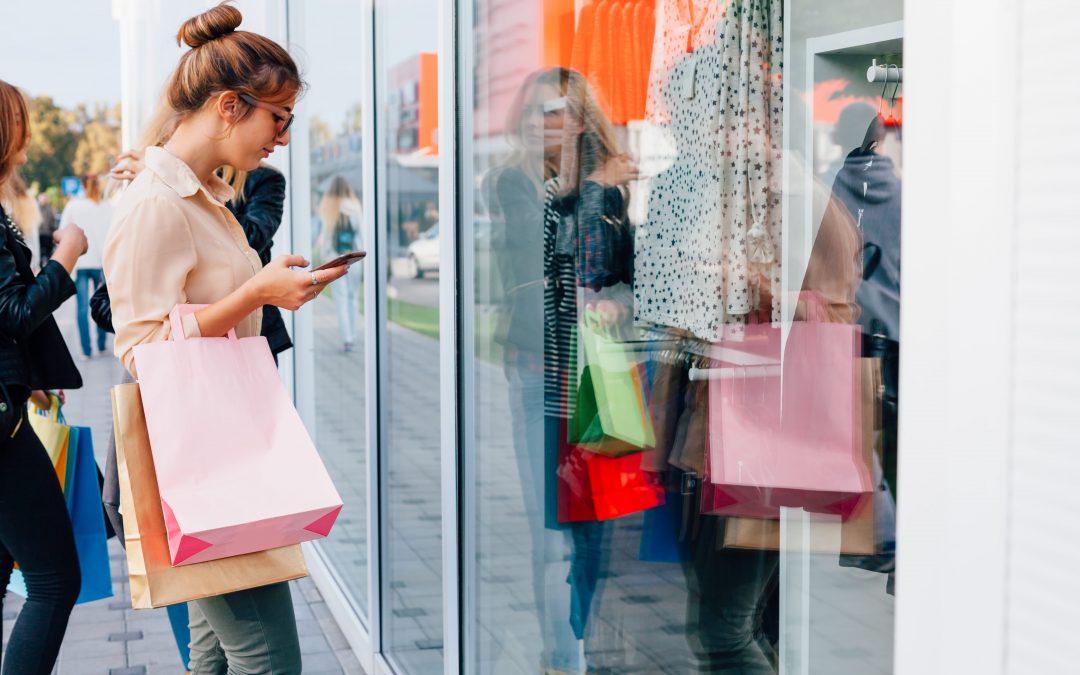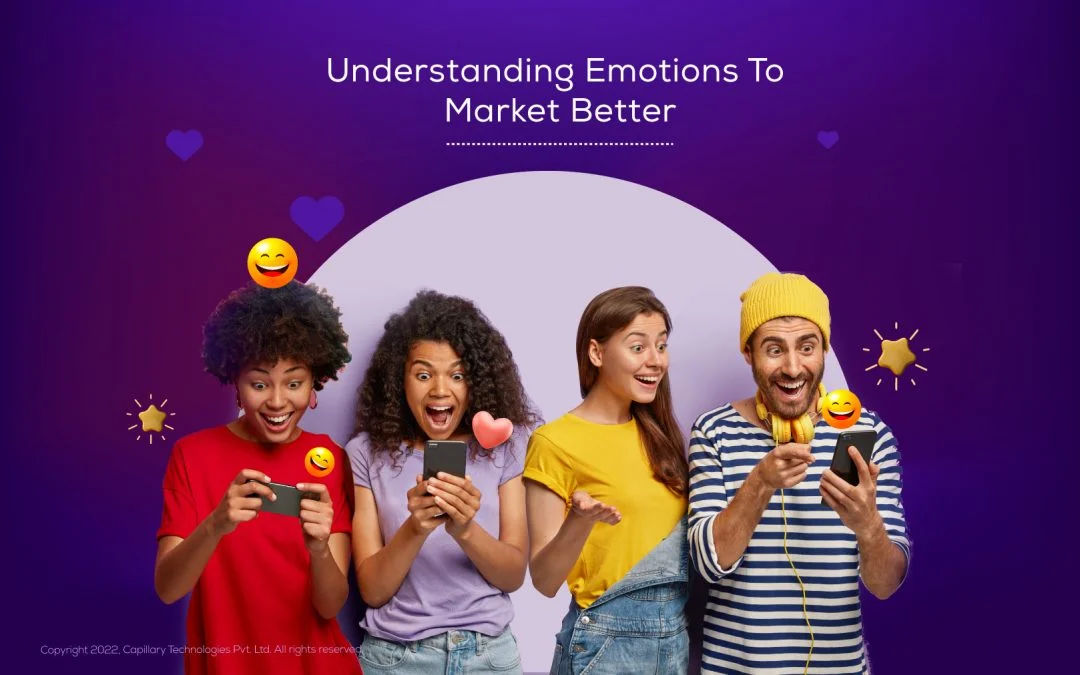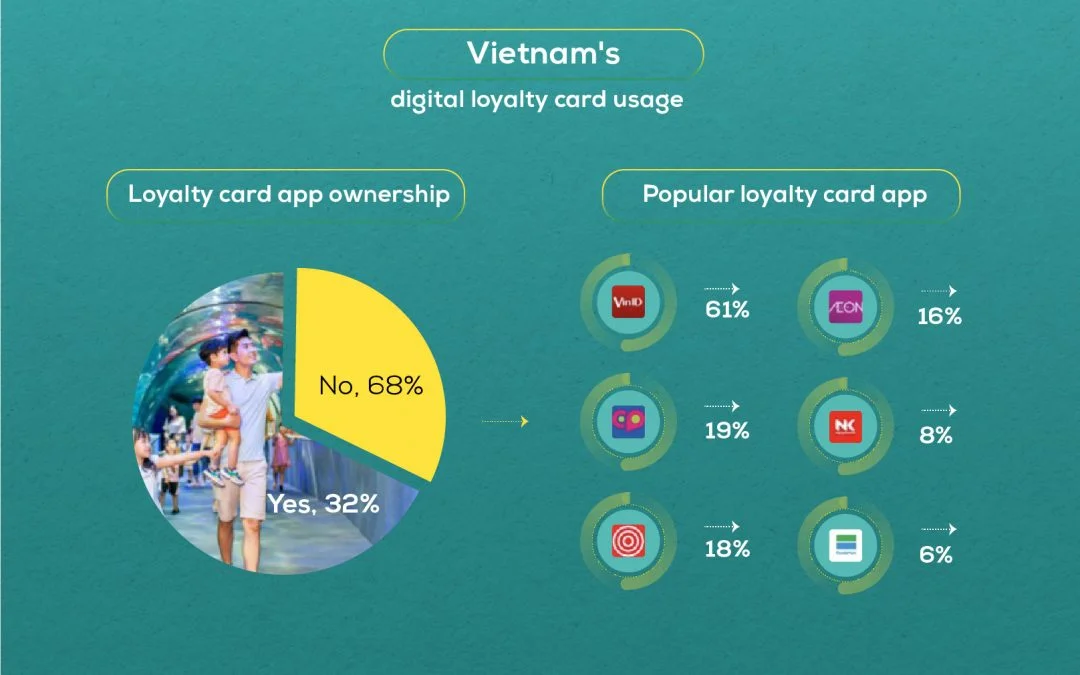- Design industry shaping loyalty programs
- Integrate easily and go live quicker
- Deliver hyper-personalized consumer experiences
Capillary acquires US-based Brierley+Partners Read more >
Capillary named a Leader in The Forrester Wave™: Loyalty Technology Solutions, Q1 2023 Report Read more >

The business dictionary defines a hypercompetitive market as a rapid escalation of competitive tactics used by direct business competitors. Brands embroiled in a hypercompetitive market typically use a combination of strategies including price wars (such as discounts), blitzkrieg marketing (such as using 360-degree campaigns) and improving the basic product itself.
Surviving in a hypercompetitive market is a challenge in itself for most brands; but when you throw in highly demanding, hyperconnected customers into the mix; you have a whole new set of barriers and problems to tackle.
For a brand, it can be tempting to try and attack the market with gusto, trying all of the abovementioned strategies to compete for business, but in order to be effective, the company has to follow a sequential, step-by-step process to understand customers, acquire them and effectively convert them into returning customers.
There are two types of affinity a customer can have towards a brand – brand stickiness and brand loyalty. The two are certainly similar but there are a few minor differences as well.
Brand loyalty is when a customer is actively choosing a brand; maybe because he/she relates to what the brand stands for or finds utility in the brand’s product offering. An example of brand loyalty would be a customer who chooses TOMS shoes solely because of the company’s promise to deliver a pair of free shoes to a child in need for every sale of their retail product. A more mainstream example would be Apple and its ability to create a strong and very obvious divide between the brand and its competition. This, coupled with the feeling of luxury and exclusivity is part of the reason why Apple’s products are so well received despite the steep price tags they often come with.
Brand stickiness is when you set up your customer to return to your business because you create convenience. In this scenario, it becomes inconvenient for your customer to migrate to a competing brand. The classic and oft-cited example of brand stickiness is Amazon Prime. The program packs a winning combination of convenience, savings, and trust; which has rendered Amazon the default online shopping destination for millions across the globe.
Ultimately, the end goal of creating both brand loyalty and brand stickiness is the same – to acquire a customer and retain them in a setup that makes it convenient for a customer to choose a business repeatedly and in the long run, it becomes profitable for the business to retain loyal customers and serve them to their satisfaction. And the best brands manage to build stellar brand loyalty while focussing heavily on brand stickiness.
Every business encounters two types of customers – transactional customers and sticky customers. A transactional customer is one who is clear about what the needs and is not necessarily keen on getting it from one particular brand. A transactional customer tends to weigh the different options that he has in front of him before he makes his decision and most of his decisions are purely cost and efficiency driven.
A sticky customer is one who finds value in your business and because he relates to your brand offering on a personal level. A sticky customer is one who continually returns to your business and the best way to retain him, beyond loyalty programs and discounts is to build a long and lasting relationship with him. If you can serve the customer’s needs beyond his own expectations and deliver efficient grievance redressal, then you have won your customer’s loyalty.
It is also important to strike the right balance between continuously communicating with your customers and over-communicating with them. Since we live in a hyperconnected world, it becomes easy to reach a customer through every medium of communication that’s available but the flip side of doing that is that you risk spamming a customer. Therefore it becomes vital for brands to strike the right balance through hyper-targeted, personalized and high-value engagement that’s a win-win for both customers as well as the brand.
Here are some of the ways that a company can introduce stickiness into their brand offerings.
Think of gym and fitness centres that charge a customer on the basis of 6 months- 1 year. Ensuring that a customer has recurring transactions with your company is a way to ensure that the customer interacts frequently. In a market that is hypercompetitive, it helps to have a customer think about your brand repeatedly because being forgotten is one of a marketer’s biggest nightmares.
A brand can only be sticky if it’s consistent. Keep your communications and marketing messages consistent in their language, style, and design. Consistency also helps a brand build recall, something that is crucial in a world that currently has a lot of clutter in terms of the number of brands present in each category. There is a concept of ‘headspace’ that each brand takes up – this concept is directly linked to recall and brand recognition.
The quality of your end product, the ease of transaction and the efficiency of your customer service all play important roles in retaining a customer. The easier it is for a customer to integrate your brand into his life, the higher are your chances of retaining a customer and possibly converting a transactional customer into a sticky one.
It’s a popular technique employed by many brands in order to create a connection with their customers. This has more to do with marketing than with efforts to retain customers but nevertheless, it is an important way of nurturing a customer connection. A brand can make a customer feel as if they are supporting a cause by supporting a brand that stands for a cause itself. If a brand can succeed at pulling at customer’s heartstrings, they can create a connect and once the customer is happy with the quality of the product offering, they will willingly convert into returning customers.
A membership program or a loyalty program that offers benefits to customers and incentivises their participation in your business can help make your brand sticky and memorable.
Beyond loyalty programs, there needs to be an element of personalisation to grab the customer’s attention. This personalisation helps customers feel as if the brand cares about them and thus builds a rapport with them. We live in an age of social media, therefore if a brand goes the extra mile to reward customers for using their products, it will result in positive conversations around the brand which will be beneficial for the brand its reputation in the long run. Also, intelligent retail analytics platforms and campaign managers powered by Big Data and AI can automatically target the most receptive customers with hyperpersonalized communications to achieve your business goals.
It’s important to remember that a customer’s experience with a brand or a company does not end once the product has been sold/the transaction has been made. If a customer reaches out to the company with a complaint, a grievance or feedback, it is the company’s job to ensure that they get quick and efficient resolution. Many companies are leveraging Artificial Intelligence and Chatbots to serve customers and help address their grievances on a 24*7 basis.
Digitization can empower brands with an array of tools and technologies that are effective in driving brand loyalty and stickiness. The majority of solutions are focussed on convenience and personalization as a means to achieve the end result.
Take the example of global coffee brand Starbucks. One feature they introduced that the customers truly loved was their mobile order and pay feature. This allowed a customer to place an order for a beverage or a food item and then go to the nearest Starbucks and simply pick up their order. In this case, Starbucks made its product offering both convenient and accessible – two very strong pillars in improving a customer’s experience with a brand.
At the crux of this, is integration. If you can find ways to integrate your brand offering into your customer’s daily life, then stickiness and thereby loyalty can be easily achieved.
A key aspect of measuring brand stickiness involves analyzing customer behaviour and purchase patterns. So it’s vital to have closed-loop testing systems and retail analytics platforms to determine if the strategies that you are using are effective in driving higher sales and revenue.
When your customer understands your brand offering, brand cause and can effectively evaluate why your business works better for them than your competitors, then you have not only successfully retained a customer, they then become patrons of your business. For this reason, it’s important for brands to convey their vision and value in a simple and clear manner.
We live in a hyperconnected world and consumers everywhere are bombarded with choice. If you can convince a customer to choose you amidst all the clutter, then you have succeeded in making a mark in your brand segment.
Studies show that it is easier to retain a customer than to convince a new customer to choose your business. There are various customer loyalty programs and schemes that can be used to retain your customers – pick the one that has the most benefits for your customers in order to keep them happy and entice them to return. Also, ensure your loyalty program software gives you insights regarding the number of repeat visitors and what offer/communication led to the repeat visit.
Now, with the help of social media and other broadcasting tools, a customer can talk about their experiences with brands and companies and if the user has beyond 10,000 followers on any given platform, they even have the power to influence customer decisions to buy a brand or to avoid the company. It’s imperative for a brand to implement social listening and social analytics tools to track these conversations.
Creating brand stickiness and loyalty in a hypercompetitive market is a herculean task to say the least. Thankfully, businesses now have access to powerful and highly effective tools powered by AI and Machine Learning that maximizes the success rate by revealing Where, When and How to engage with their customers to achieve the desired results

August 10, 2022 | 4 Min Read
Dubai is at the very epicenter of the marketing activities t

November 3, 2022 | 4 Min Read
Neither pure emotions nor hardcore logic. It’s the right b

July 20, 2022 | 4 Min Read
While about only a decade ago, Vietnamese consumers were fai